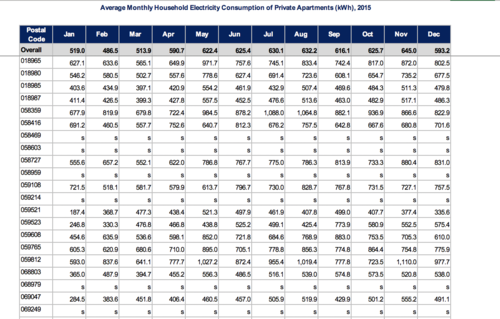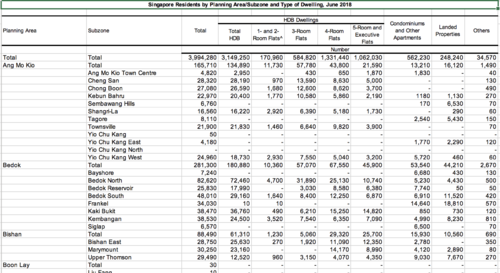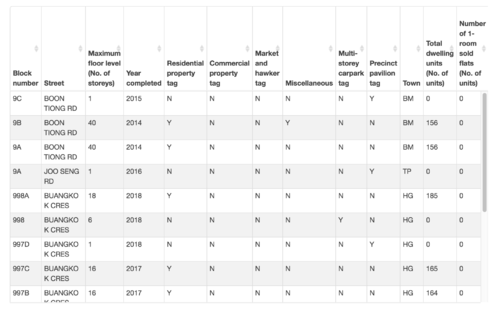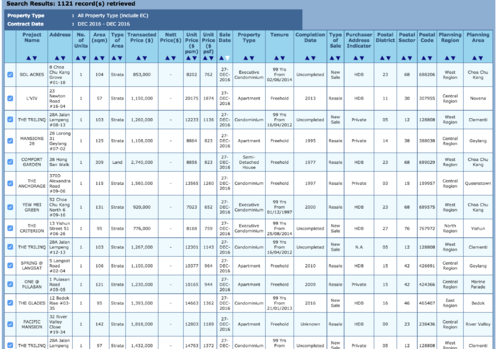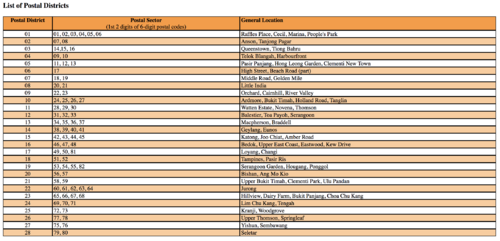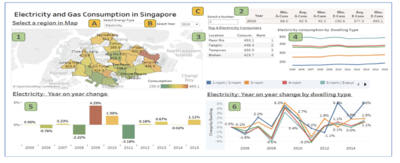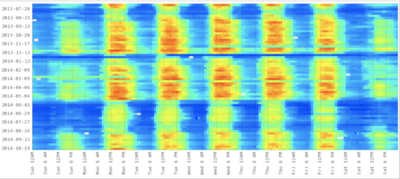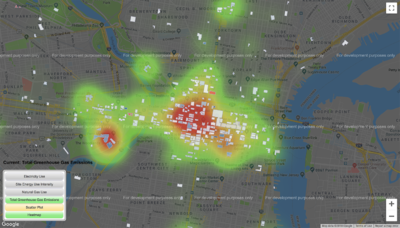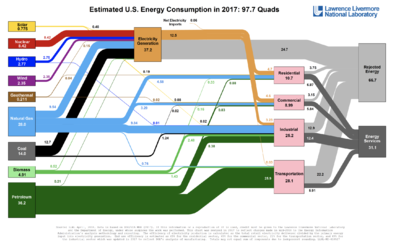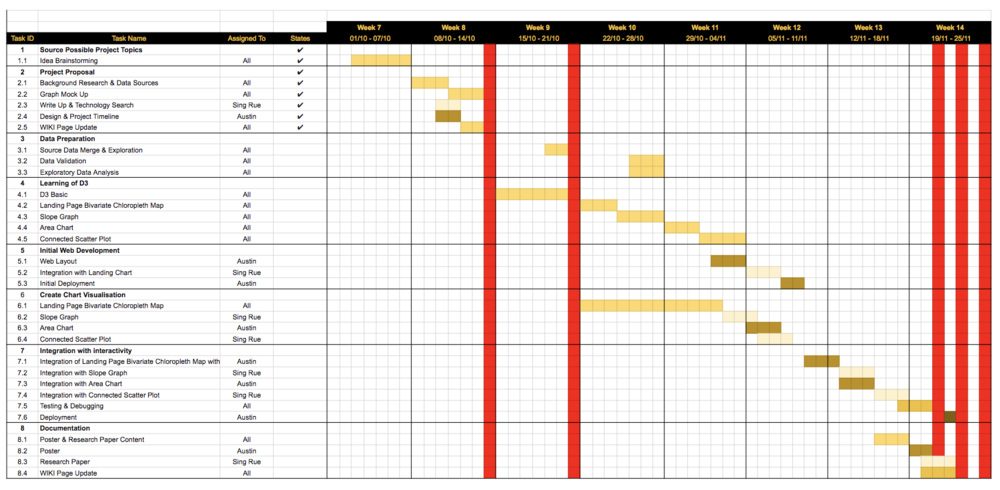Charge Metrics Proposal
| HOME | PROJECT POSTER | RESEARCH PAPER |
Contents
Motivation
Household electricity consumption in Singapore has increased by about 17% over the past decade, according to a report by the National Environment Agency in May 2018. On aggregate levels, Singapore households consumed 7,295 GWh (gigawatt hours) in 2017, which roughly translates to an average expenditure of $1,000 a year on electricity per household.
Electricity consumption is a national issue, especially given that Singapore has finite energy sources. It is therefore important to encourage households to consume electricity in more sustainable ways.
Traditionally, the lack of transparency surrounding electricity use has been acknowledged as a possible challenge in raising awareness on electricity consumption. Improving visualisation of household electricity consumption can help people in Singapore gain better clarity of their consumption habits and expenditure, and thus more incentive to reduce electricity usage.
Our project visualises the distribution of household electricity consumption across planning regions in Singapore, accounting for type of residential homes, income and demographic profiles. We aim to better communicate electricity consumption in everyday life to people in Singapore, and ultimately engage them to reduce electricity consumption.
Objectives
This project aims to create an interactive data visualisation tool to achieve the following objectives:
- Provide a clear geographical visualisation for household electricity consumption across planning areas
- Provide an overview of the relationship between resident population and electricity consumption for the various housing types across time
- Allow users to explore household electricity consumption in Singapore by comparing across planning regions
- Ensure a smooth interactivity for a better user experience
Data
| Datasets | Data Attributes | Rationale Of Usage |
|---|---|---|
|
There are 2 groups of dataset. 1. Household monthly electricity consumption by postal code from 2013 to 2016. 2. Household yearly electricity consumption from 2007 to 2017. Those dataset will be used as the main dataset to visualise the electricity consumption in Singapore. | |
Source: https://www.singstat.gov.sg/find-data/search-by-theme/population/geographic-distribution/latest-data |
|
|
Source: https://data.gov.sg/dataset/hdb-property-information |
|
|
Source: Real Estate Information System |
|
|
Source: https://www.ura.gov.sg/realEstateIIWeb/resources/misc/list_of_postal_districts.htm |
|
|
Related Works
| Related Works | What We Can Learn |
|---|---|
|
|
|
| |
| |
|
Prototype
Landing Page

[1]Logo
[2]Bivariate Chloropleth Map
[3]Filter
[4]Button to Historical Trend Page
[5]Slope Graph
Historical Trend Page

[1]Area Chart for Total Electricity Consumption
[2]Area Chart for Number of Singapore Resident
[3]Connected Scatter Plot
[4]Rate of Change of Number of Singapore Resident and Total Electricity Consumption
Project Schedules
Project Schedule on Google Sheet:https://docs.google.com/spreadsheets/d/1IlT3Na8Ujlv9izY-0PWvCWEWzfqOmzq3jGHIbWCDiwk/edit?usp=sharing
Challenges
| Challenges | Possible Solutions |
|---|---|
|
Unfamiliarity with D3.js |
|
Data merge, cleaning and transformation |
|
Choice of web hosting provider |
|
Unfamiliar with implementation efforts required for customised D3.js interactivity |
|
References
[1] Energy Market Authority (https://www.ema.gov.sg/singapore_energy_statistics.aspx)
[2] Data Gov Database (https://data.gov.sg)
[3] D3.js (Documentation https://d3js.org/)
[4] Observalehq (https://beta.observablehq.com/)
[5] One Map (https://www.onemap.sg/main/v2/)
[6] Energy Consumption Predition Example (http://cs109-energy.github.io/building-energy-consumption-prediction.html)
Feedback
Please feel free leave your comments, suggestions or anything interesting :)

